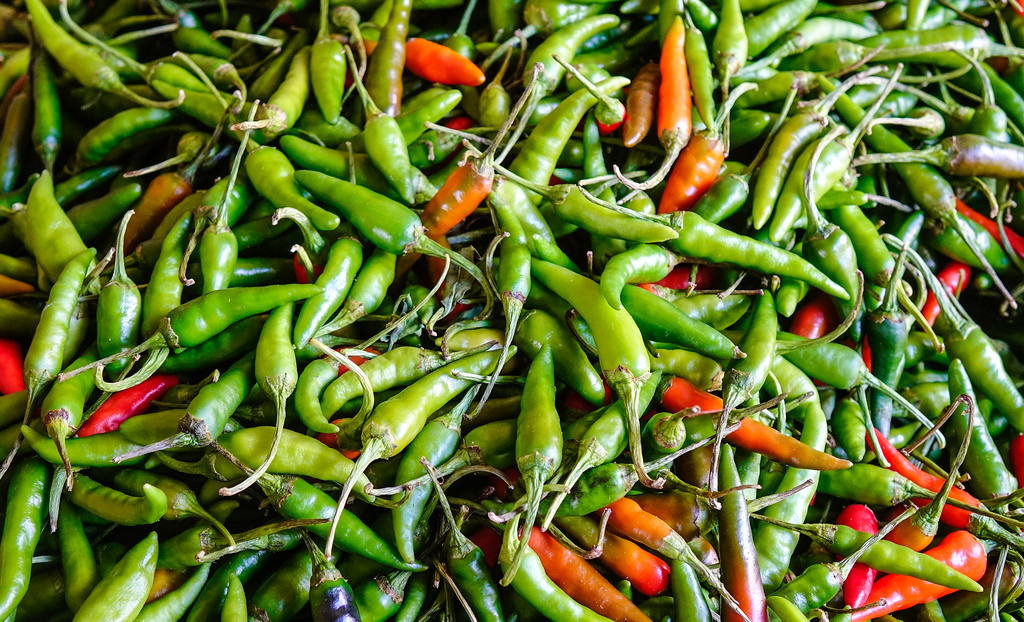Fresh and dried chiles are a staple of most cuisines. Chile, with an “e”, is the fruit of a plant.
With an “i”, Chili is the dish made famous in Texas, with or without beans.
This post will address what you need to know about Chile with an “e”, and touch on the “i”.
The image above shows some of the most common fresh peppers with their dried names to the right.
Fresh Chile Peppers
There are thousands of different peppers in the world. Every country and cuisine have peppers indigenous to their region that have been used as ingredients in their dishes for hundreds of years.
What To Look For
Use your eyes and nose to make your selection. Try not to touch the chiles with your bare hands. Many chiles have oil on them that can be very uncomfortable if transferred to sensitive areas of your body.
A good rule of thumb, but not written in stone, it that the smaller the chile, the hotter the chile. Bell Peppers and Banana Peppers are very mild, where
Habanero Peppers and Bird Peppers are small and very HOT.
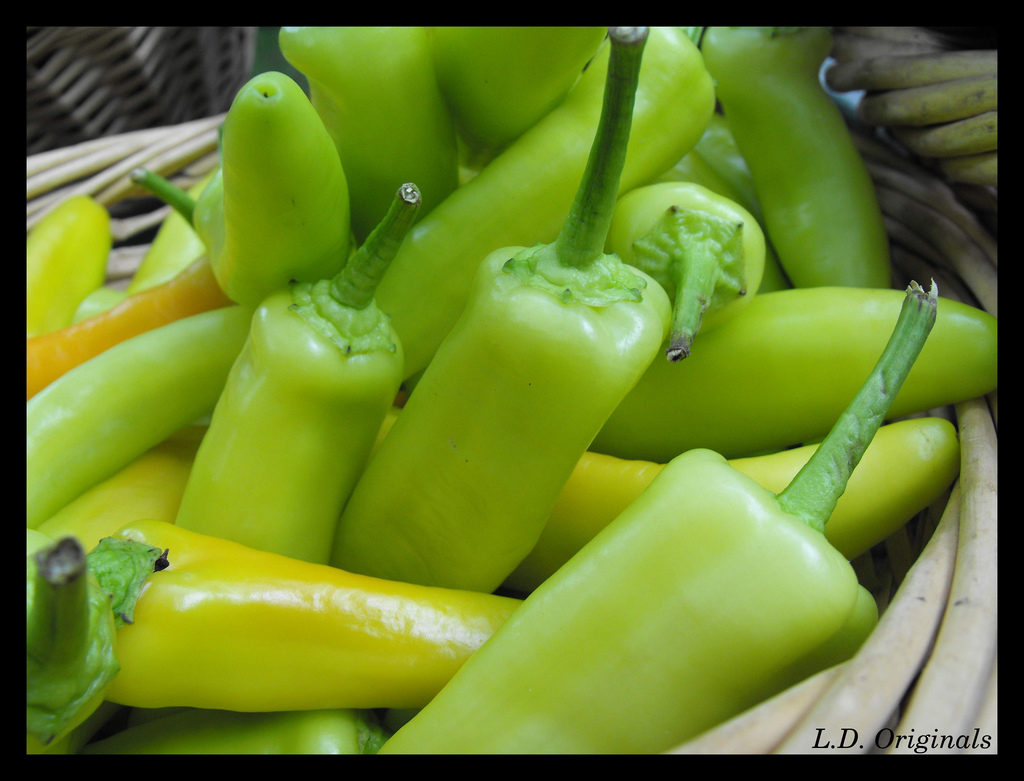
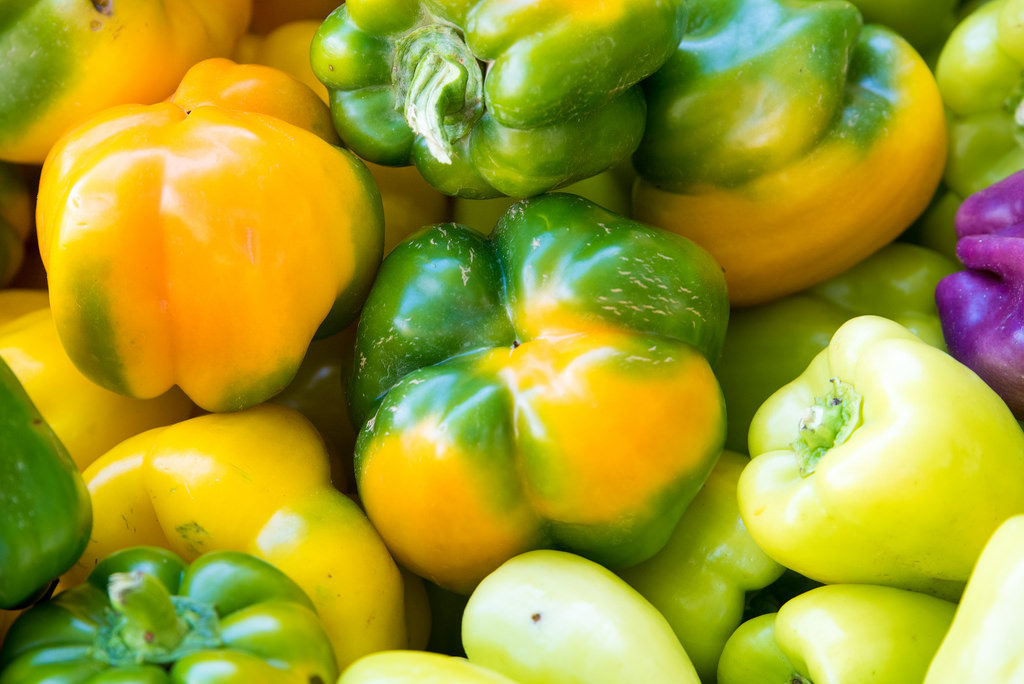
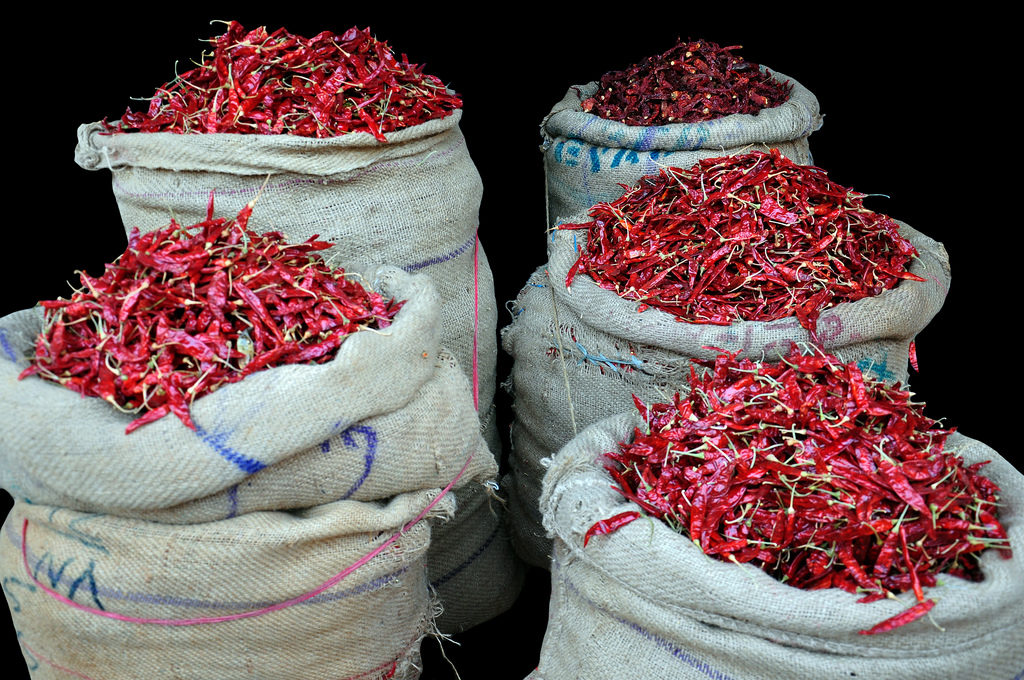
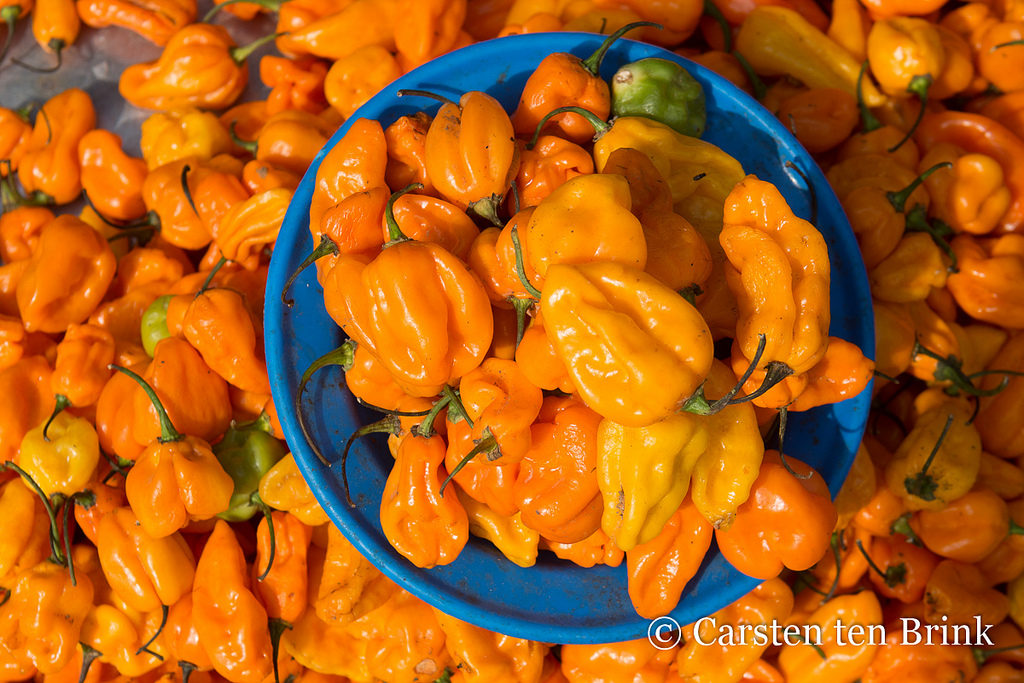
Fresh chiles are peppers that are “fresh” from the garden, or recently harvested. “Fresh” means plump, juicy, and clean.
When choosing peppers at your market, look for fruit that does not have mold on the stem and the flesh is tight and firm with no wrinkles, bruises or rot. The scent should be fruity and fresh with no moldy or off notes.
Heat
The Heat or spiciness of a chile is relative to each person’s own taste. The chile industry has developed a scale to give an indication of a chile’s heat without having to taste it.
Note that heat depends greatly on how and where the chile has been grown. When it was harvested in its growth cycle also plays a large role. If the chile is picked before it has vine ripened it will not reach its full heat potential. That is why some peppers in your grocery store are not as hot as home grown peppers of the same variety.
Scoville Scale
The Scoville scale is a rating of the spiciness or “heat” of chili peppers and other spicy foods, and is rated in Scoville Heat Units (SHU). The scale is based on the concentration of capsaicinoids.
The scale is named after, American pharmacist Wilbur Scoville, the creator of the method. Originally developed in 1912 it was known as the Scoville organoleptic test. Now days, high-performance liquid chromatography (HPLC) is used to determine the capsaicinoid content as an indicator of spiciness. HPLC is more scientific than the Scoville scale which relies on the skill and pallet of trained experts to detect heat.
For more detail on the Scoville scale and HPLC follow their links to Wikipedia.
Examples From The Scoville Scale – Wikipedia
| Scoville heat units | Example peppers |
|---|---|
| 800,000 to 3,200,000 | Pepper X, Carolina Reaper, Dragon’s Breath |
| 350,000 to 800,000 | Red Savina pepper, Chocolate habanero |
| 100,000 to 350,000 | Habanero, Scotch Bonnet |
| 10,000 to 100,000 | Malagueta pepper, Cayenne pepper, Siling labuyo |
| 1,000 to 10,000 | Guajillo pepper, Jalapeño |
| 100 to 1,000 | Banana pepper, Cubanelle |
| 0 to 100 | Bell pepper, Pimento |
Chile Powder
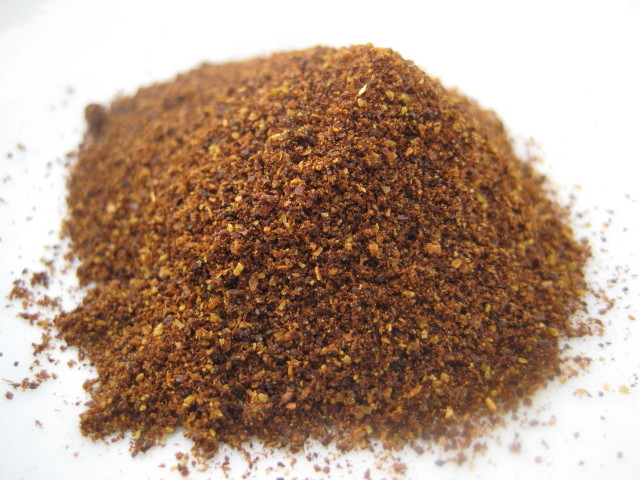
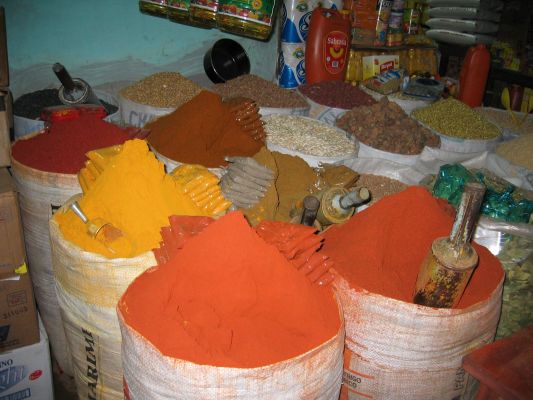
Chile powder, which can be spelled, chili powder, chilli powder, or powdered chili, is the dried, ground fruit of one or more varieties of chile peppers, When it is blended by the addition of other spices it is usually known as chili powder blend or chili seasoning mix. It is used as a spice to add flavor or heat to dishes.
When chile powder is made from a specific type of chile pepper used, it should be spelled with an “e” but it is not always.
Varieties of chili peppers used to make chili powder include Aleppo, ancho, cayenne, chipotle, chile de árbol, jalapeño, New Mexico, pasilla, and piri piri chili peppers. Gochugaru is a variety used in Korean cuisine traditionally made from sun-dried Korean red chili peppers known as taeyang-cho, with spicier varieties using Cheongyang peppers. – Wikipedia
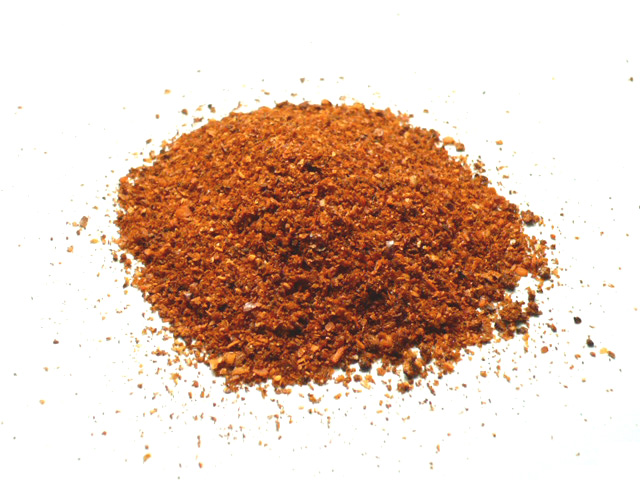
Blends
Chili powder blends are made mostly of chili peppers then blended with other spices such as, cumin, onion, garlic powder, and sometimes salt. Check the label. The chiles are most commonly red chile peppers of the species Capsicum annuum. The spiciness of any given chili powder varies depending on which chiles are used and what percentage of the other spices are used.
How To Minimize The Heat or Remove it All Together
Peppers are amazing to cook with. The fruity aroma and flavor can really enhance a dish. The problem is that sometimes a very hot pepper’s heat can get in the way of enjoying the flavor.
I have a way to reduce the heat in any pepper.
Remember that the spiciness of a pepper comes from the capsicum oil in the fruit. Most of that oil is contained to the seed pod and the seeds inside the fruit.
First Step
The first thing you do is put your gloves on. The oil is very hard to remove from your skin. Now cut the stem off and slice the fruit open to reveal the seed pod and seeds.
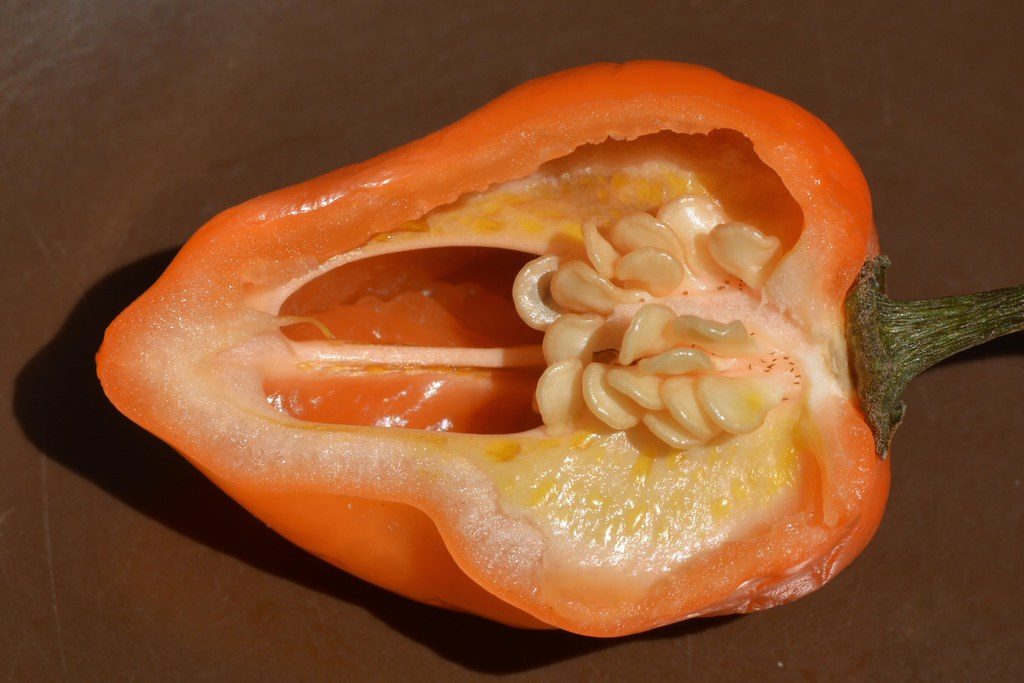
Remove The Seeds And Membrane
With a spoon or dull knife, scrape off the seeds and all of the white membrane from the inside of the pod. Then scrape the back of the flesh again to pop the clear blisters.
Oil The Inside Of The Fruit Pod
Use Olive oil or any mild vegetable oil to rub the fruit. Rub it in with your gloved fingers.
Even though most of the capsicum is found in the seeds and membrane there is still oil found in the clear blisters on the inside of the fruit. The trick is to remove the capsicum to the point that you can enjoy your meal.
Rinse And Repeat
Now pick a consumable alcohol (I use Vodka) and pour a small amount on your oil rubbed fruit. Rub the fruit again then rinse with more Vodka.
At this point your peppers are ready to use or eat raw, but they will still have some heat depending on how hot they were to begin with.
To Finish The Job
To remove most or all of the remaining heat do the following:
Place the peppers in a canning jar and cover with more Vodka. Shake the jar for 30 seconds or so.
Add a little more Vodka, put the lid on and let the jar sit for 1 to 3 hours.
At the end of 1 hour about a 1/3 of the heat will be transferred from the fruit to the liquid.
After 2 hours around 2/3 of the heat will be gone from the fruit.
3 hours is all the time you need. Most if not all of the capsicum will be removed from the fruit and dissolved in the Vodka.
Do not go more than 3 hours or the peppers will have no flavor but the Vodka with taste great.
Storage
You now have mild flavorful peppers and hot Vodka.
Put the peppers in another canning jar and cover with Olive or vegetable oil. Place in the refrig or use the pepper right away. They should keep for weeks.
The Vodka is another story. It will not require refrigeration and can be used as a cocktail mix for as long as you still have some.
Sources And Recommendations
Websites I Purchase Herbs, Spices And Peppers From:
Dried Peppers And Powders
A Guide To Types of Mexican Peppers

